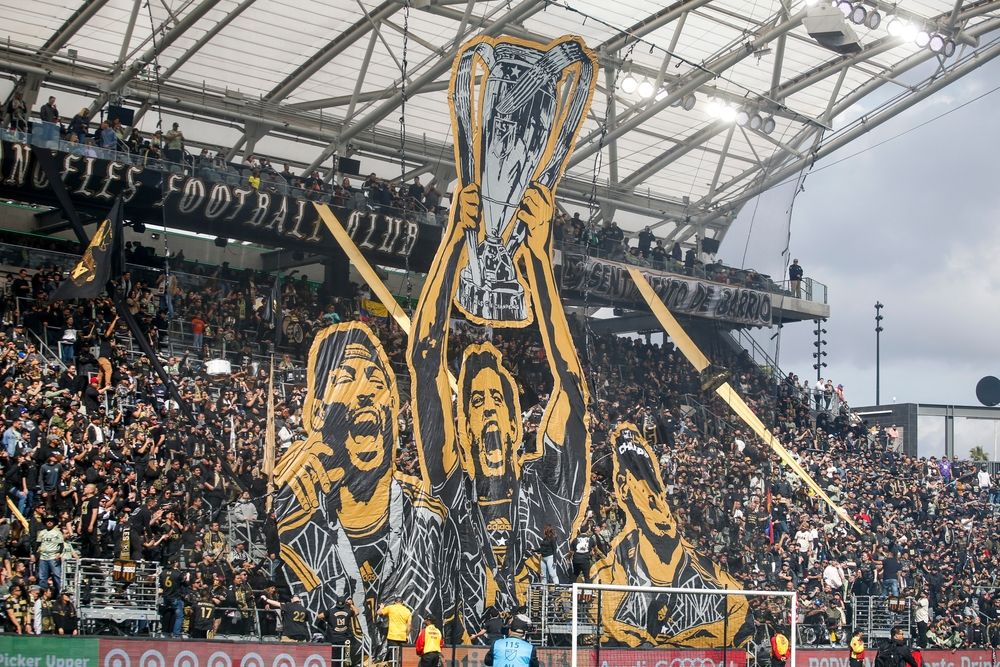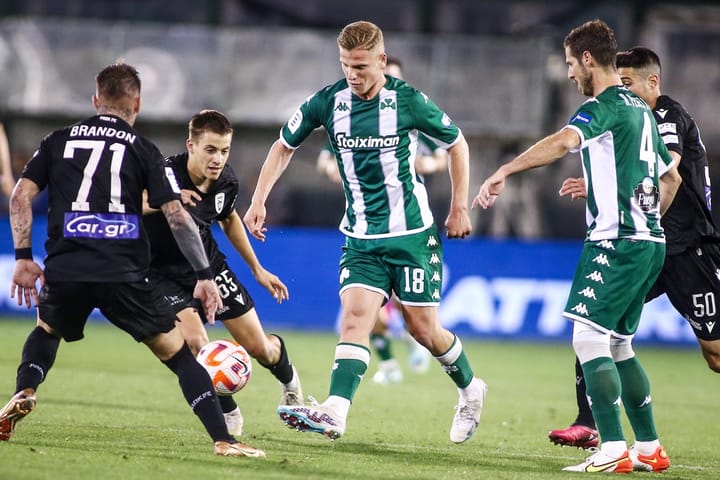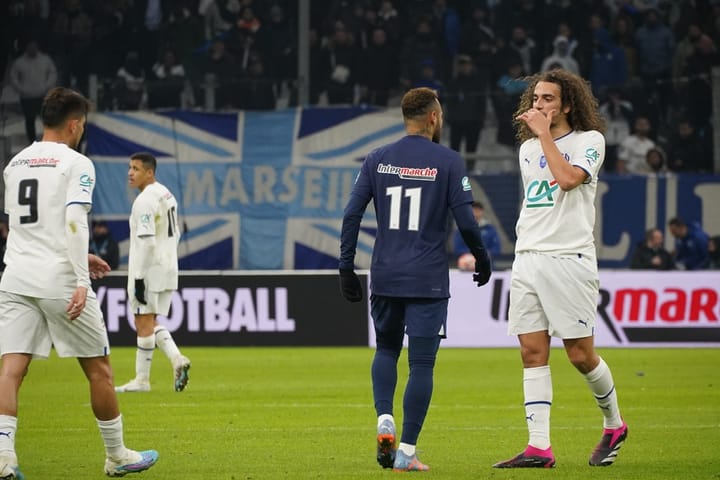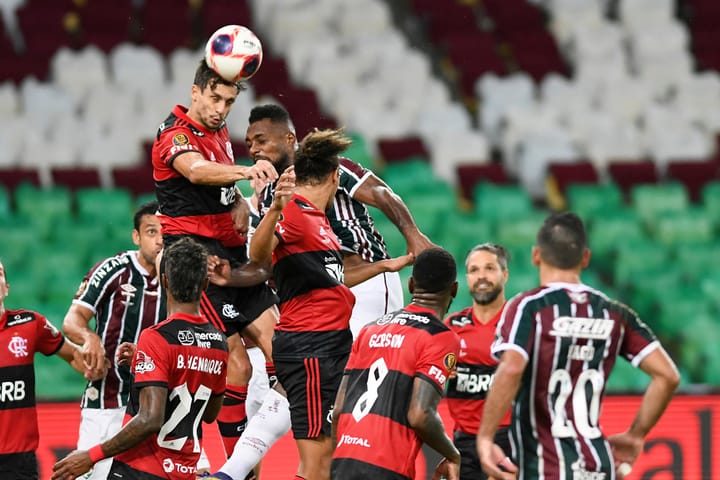From Scarves to Supporters’ Sections: The Rise and Passion of MLS Fan Culture
Major League Soccer (MLS) has come a long way since its inception in 1996. In this article, we will explore the rise of fan culture in MLS, examining the factors that have contributed to its growth and the impact it has had on the league.

In just a few decades, Major League Soccer (MLS) has transformed from a fledgling league to a thriving hub of soccer enthusiasm in North America. But what truly stands out, beyond the incredible athletes and nail-biting matches, is the blossoming fan culture that has given the league its heart and soul. Supporters' sections echoing with rhythmic chants, seas of scarves waved in unison, and citywide celebrations – these are the hallmarks of a league that's found its voice. Dive into the world of MLS fandom, as we explore how its unique culture came to be and why it continues to captivate the continent.
The Early Days
When MLS first started, fan culture in North American soccer was still in its infancy. With the sport struggling to gain mainstream recognition and a lack of top-flight teams, soccer fans in the US and Canada didn't have the same level of attachment to a specific club as fans of other sports. This meant that MLS teams had to focus on providing affordable family entertainment rather than creating a deep connection with their fan base.
The Power of Supporters Groups
However, as the years went by, dedicated supporters groups began to emerge across the league. These groups, such as the Empire Supporters Club in New York and the Screaming Eagles in D.C. United, played a crucial role in cultivating a passionate fan culture. They brought their own traditions, songs, and rituals to the stadiums, creating a sense of belonging and unity among fans.
These supporters groups became the heartbeat of MLS fan culture, driving the atmosphere at matches and creating an experience that was unique to soccer. They chanted, sang, and waved flags for 90 minutes straight, turning the stands into a sea of color and noise. The energy and passion they brought to the games were infectious, and other fans couldn't help but be drawn into the excitement.
A Cultural Connection
One of the key reasons for the rise of fan culture in MLS is the league's focus on connecting with the local community and culture. Unlike some European leagues, where clubs have deep historical roots, MLS teams are relatively new and have had to work harder to establish themselves as an integral part of their respective cities. This has led to a greater emphasis on community engagement and creating a cultural connection with fans.
Teams like Atlanta United, LAFC, and Minnesota United have embraced this approach, positioning themselves as more than just sports teams. They have become symbols of their cities, representing the values, traditions, and creative spirit of the local culture. By plugging into the community and aligning themselves with the local lifestyle, these clubs have been able to build a strong and loyal fan base.
The Power of the Matchday Experience
Another factor that has contributed to the growth of fan culture in MLS is the unique matchday experience. While MLS may not have the same level of talent as some of the top European leagues, it makes up for it with an electrifying atmosphere in the stadiums. From the coordinated choreographies to the passionate chants and the constant drumming, the matchday experience in MLS is like no other.
Fans are encouraged to stand, sing, and cheer for the full 90 minutes, creating a wall of sound that engulfs the stadium. Tifos, large banners, and smoke bombs add a visual spectacle to the games, further enhancing the fan experience. The supporters groups lead the way, setting the tone for the entire stadium and creating an environment that is both intimidating for the opposition and exhilarating for the home team.
The Influence of Social Media
In today's digital age, social media has played a significant role in the growth of fan culture in MLS. Supporters groups and individual fans now have a platform to share their passion and connect with like-minded individuals. They can organize meetups, plan tifo displays, and coordinate chants through online forums and social media groups.
Social media has also allowed MLS teams to engage with their fans on a more personal level. They can share behind-the-scenes content, interact with fans, and provide updates on upcoming events and matches. This level of accessibility and interaction has helped to strengthen the bond between fans and their clubs, further fueling the growth of fan culture in MLS.
“Our players deserve it. Our ownership deserves it, and our fans deserve it."
— Major League Soccer (@MLS) August 16, 2023
🎙️ @NashvilleSC GM Mike Jacobs spoke with @cboehm ahead of the #LeaguesCup2023 final.
The Impact on MLS
The rise of fan culture in MLS has had a profound impact on the league. It has created a unique and vibrant atmosphere at matches, making MLS games a must-see experience for both hardcore fans and casual spectators. The passionate support from the stands has also had a positive effect on the players, motivating them to perform at their best and creating a home-field advantage for the home team.
Moreover, fan culture has helped to establish a sense of identity and pride for MLS clubs. Supporters groups create a sense of community and belonging among fans, allowing them to connect with something larger than themselves. This has led to increased loyalty and dedication among fans, with many considering their MLS team to be an integral part of their lives.
From a marketing perspective, fan culture has provided MLS teams with a unique selling point. The passionate and dedicated fan base has attracted sponsors and partners, who recognize the value of aligning their brand with the excitement and energy of MLS matches. This has led to increased revenue and investment in the league, allowing for further growth and development.
Fan culture in MLS has come a long way since the early days of the league. Through the dedication and passion of supporters groups, the focus on community engagement, and the creation of a unique matchday experience, MLS has cultivated a fan culture that is unrivaled in North American sports. The impact of fan culture can be seen in the electrifying atmosphere at matches, the sense of identity and pride among fans, and the increased interest and investment in the league. As MLS continues to grow, fan culture will undoubtedly play a crucial role in shaping the future of the league and further establishing soccer as a major sport in North America.




